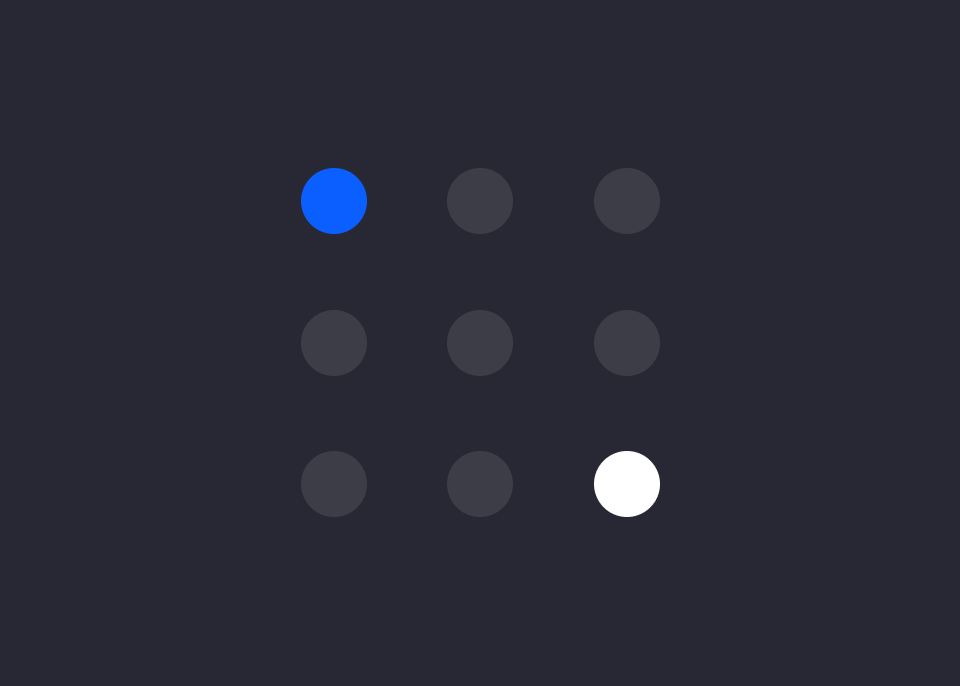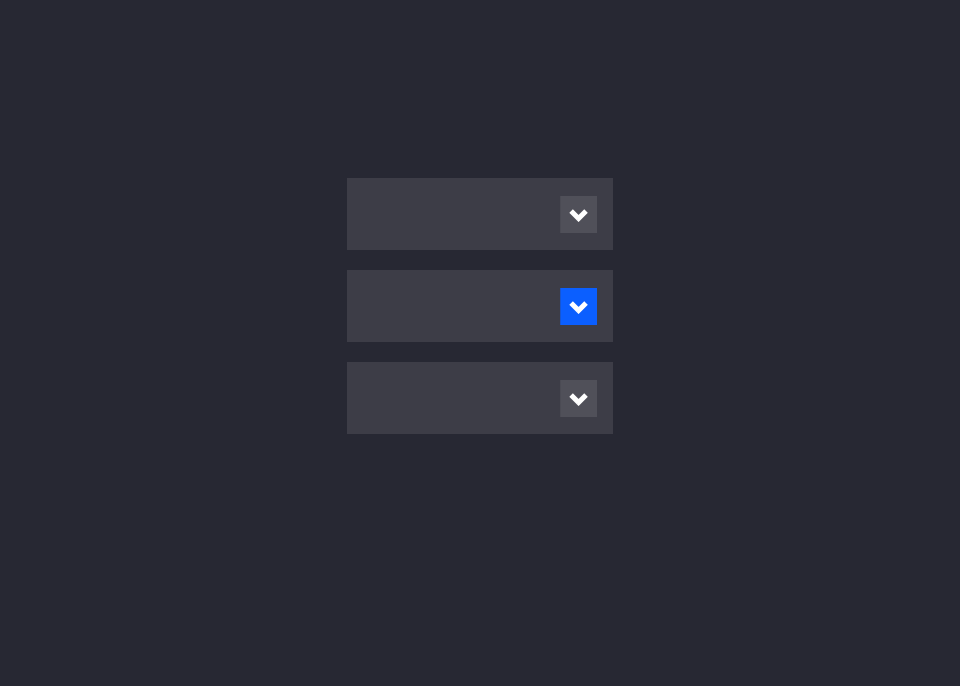Reflecting on My First Year Designing at Liferay by Patrick Pentz on December 06, 2018
7 Min Read
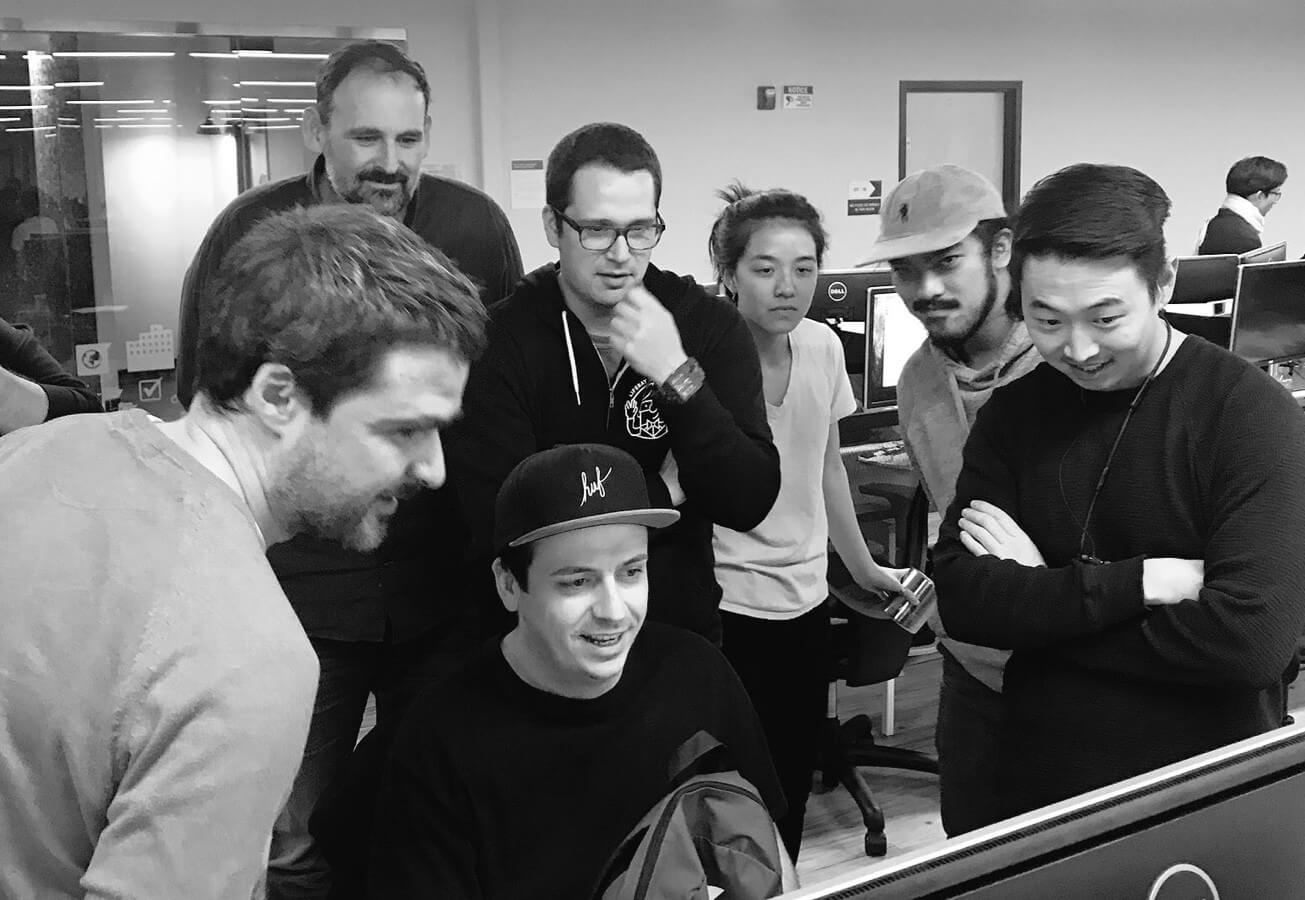
For me, being a UX designer is like going on a long distance bike ride. I can't wait to begin because I know how enjoyable it is to cycle through scenic trails and how rewarding it feels to finish. However, I don't think about the hills to climb or the unexpected obstacles that can occur. What I'm trying to say is, designing isn't always as you expect it to be, but that shouldn't stop you. It's in the struggle where we grow and evolve. Alongside experienced teammates, I've had the opportunity to ship software at an enterprise level. Now that I've gone through a few product life-cycles with the addition of some small side projects, I've learned a lot about what to do and what not to do. For designers getting ready to start their career, here are some life learning experiences from my journey to becoming a more well rounded UX designer.
Redesigning Liferay's Partner Portal
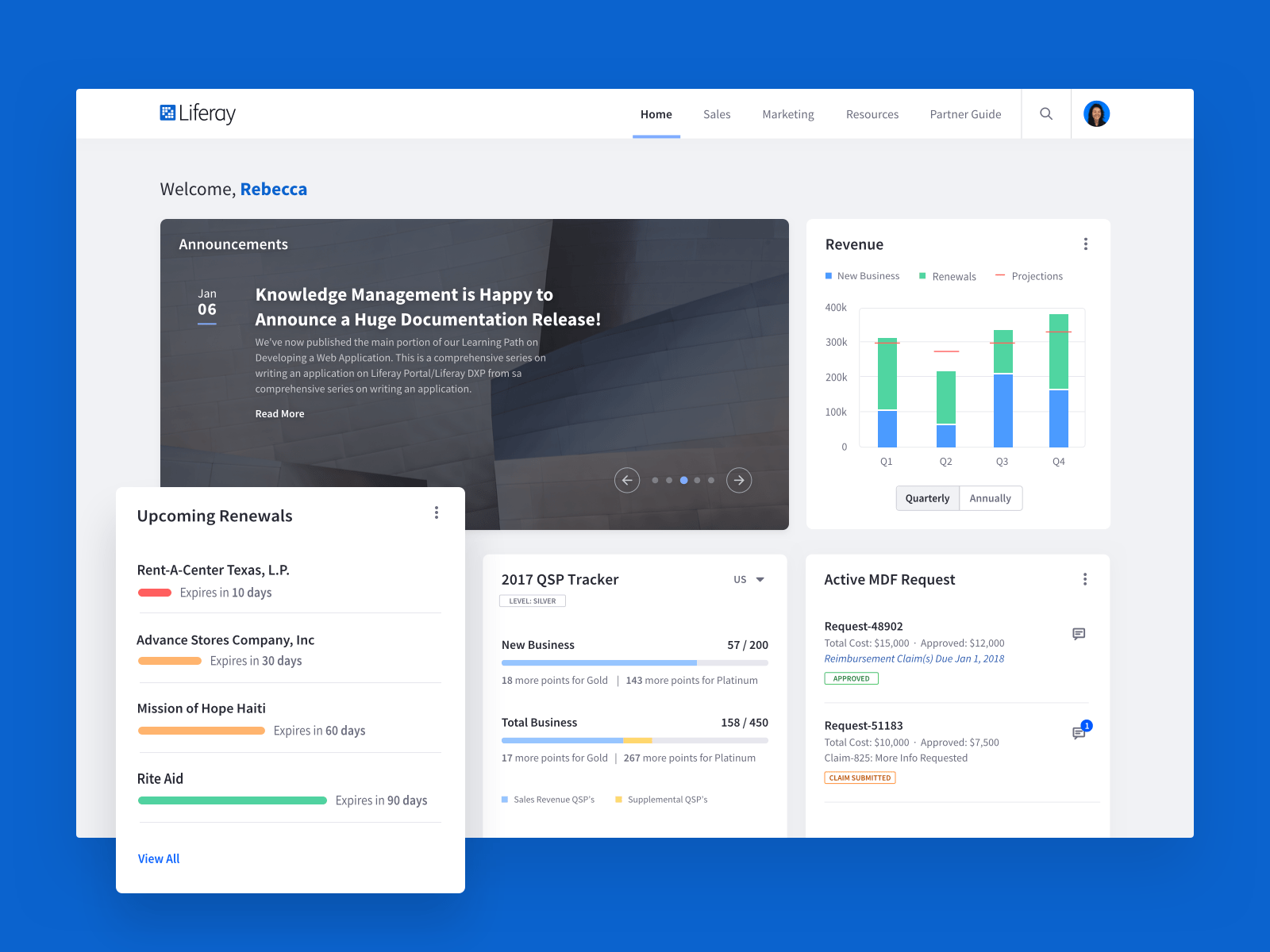
The first UX project I worked on was the Liferay Partner Portal redesign which launched this year in July. It was the perfect stepping stone to begin working on a cross-collaboration team involving people from sales, marketing, technical writing and development. It demonstrated how vital communication is in the early stages of a product life-cycle.When everyone on a team is working together to achieve the same end goal, each person will have specific needs to get there. The designer must listen carefully and ask questions.
A clear understanding is key to translating needs into a design successfully.
I'm continually trying to improve my communication, but it's not a natural skill you obtain overnight. I had the opportunity to work under the leadership of a seasoned Liferay veteran who demonstrated these abilities very well. In the beginning phases, the program manager organized and facilitated group workshops where we collaborated on technical specifics, design decisions and workflows. Clear goals and requirements were set and then followed up with concise documentation.
The documents kept the team focussed and made a crucial difference in the success of the outcome. From this experience, I learned it's critical to communicate effectively with one another for proper project alignment.
More importantly, I discovered you could gain a lot by observing how the people around you think, communicate and make their contributions to the team.
Designing the user interface for Partner Portal was challenging because I didn't have many sources to draw inspiration from. This challenge forced me to be more innovative throughout the ideation phase. Although this may sound like a dream to some creatives, for product designers it can be intimidating because you can ship designs that aren't completely proven yet.
We did a great job rising to the challenge, but I fell into the trap of adding more features on the fly than needed. I was disappointed that some of these ideas didn't make it through to the end, but once I look back at the whole picture, it's easy to understand why.
In my experience, those add-on features are usually "nice to have" but can cause more problems than they solve. Everything matters and even the smallest elements can add technical complexity, visual clutter and usability problems. They also impact everyone's work on the team which can lead to longer development times and missed deadlines. Therefore, its best to stay focused on the necessities.
Dieter Rams' 10th principle of good design is,
“Good design is as little design as possible. Less, but better - because it concentrates on the essential aspects, and the products are not burdened with non-essentials. Back to purity, back to simplicity.”
Dieter Rams
Redesigning Liferay's Customer Portal
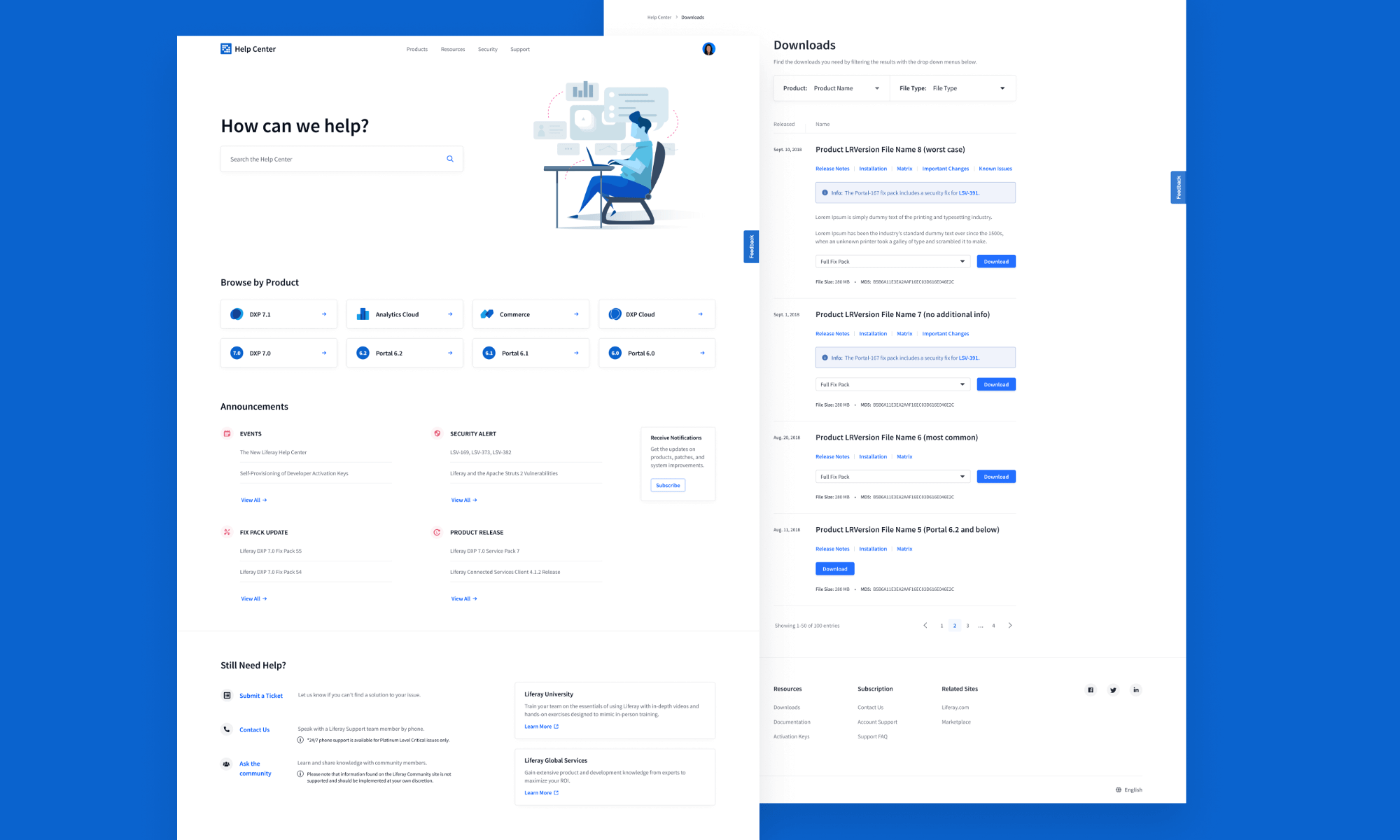
After Partner Portal, it was time for me to work toward my next goal. Liferay customers were submitting support tickets more regularly than using the available self-service solutions and customers were complaining about the feature they use most: ticket creation.
Trying to solve the problem for customer support, I worked closely with the lead project manager, content strategist, my design manager and other key players from the Liferay support team to redesign the customer portal and home built ticketing system.
To prepare for the challenge, I completed an online course through the Interaction Design Foundation about User Research. In addition to self-learning, I expressed to the team that it would be my first time applying some of the UX methodologies we had planned on using.
By being transparent early on, it allowed my team to make adjustments to their work and provide extra support where I needed it.
In addition to telling my teammates about the areas I needed more help in, I expressed my determination to produce a great user experience. I explained that we are all designers and I would educate them on best practices as we carried out the UX process. Having more UX exposure increases the chances of success because it empowers us to make better design decisions.
“Focus on helping every contributing influencer of your designs become a consciously competent designer themselves.”
Jared Spool
While in the design phase, the company made a final decision to use a third party software for the support ticketing system and product documentation. The software benefited the company in many ways but also presented other challenges we didn't expect. For example, to organize content on the documentation side of the site we had to follow the organization hierarchy tree:
Home > Categories > Sections > Articles
Liferay's product user guides can go five levels deep, which is more than we had available. Not having enough organization levels broke the original sitemap and information architecture we crafted at the beginning of the ideation phase. I started to feel worried the issue would take away from the seamless user experience we envisioned.
Fortunately, I had support from the content strategist who worked hard on the case as we pulled through. To solve the hierarchy problem, we explored many options and weighed out the pros and cons of each. We ended up settling for a less ideal solution, but it got the job done.
Even though it wasn't what we had in mind, it taught me that there's always a solution. Don't give up, a little outside the box thinking can get you to the place you need to be.
In addition to the limitations the third party software introduced, it also didn't offer some features Liferay needed for the ticketing system. We needed to build a solution that would enable Liferay's support engineers to access large files and environment details from customer projects.
We decided it was best to work closely with the leaders of the implementation team early on. The lead project manager and I quickly sketched paper prototypes and presented our ideas to the development team. They gave us great feedback and even improved upon the ideas we had. We ended up with a better solution and the amount of time it took to produce it decreased.
It's been a humbling experience working with the development team, notably collaborating with the front-end engineers. There are best practices to follow when working with developers such as having design documentation, verbally communicating details and being easily accessible to answer questions. Applying these conventions to the workflow will make code development more efficient and will reduce the number of refinements.
Although it's best to keep changes to a bare minimum, sometimes they can become more necessary. New improvements may come to mind, or another department can introduce new requirements later on in the process. For example, the marketing team updated the company branding right after we implemented the styling for the help center. We made the necessary changes to reflect the new branding. Despite the positive visual impact, it was a time-consuming process.
Understanding the inconvenience of doing work over again helped me be more mindful when requesting changes or updates throughout the implementation phase.
I've realized that it's best to embrace developers' skills in the beginning stages and to support them to the end as they bring the design to life.
Liferay's new Help Center released this month, December 2018. It's been an incredible experience, and I'm proud of all the work everyone on the team has done. I'm excited to move forward as we keep improving the user experience.
Improving Web Pages for Liferay's Training Program
My next objective was to collaborate with Liferay's training department to refine the existing web pages in place for marketing, sales and operations. The training department was receiving feedback that customers found some of the pages on Liferay's main website confusing.
Trying to solve the customer confusion problem, I collaborated with a six-person team. We analyzed customer feedback, researched best practices, evaluated the competitors, empathized with the primary persona and audited the current user experience. Based on our findings we designed wireframes and presented our proposal. Overall, the team was happy with the direction and it was off to a good start.
As we continued to design the hi-fidelity mockups we started to run into some problems. The training systems are composed of a few different sites, including third party software and Liferay's main website. Since the pages we redesigned live on liferay.com we needed to follow the website's design guidelines.
The liferay.com team has done a great job creating a modular system with a library of pre-built and tested components. This modularity enables them to produce web pages more efficiently with fewer errors and makes code easier to maintain. Therefore, we made the necessary changes, but it became an issue when presenting the hi-fidelity mockups.
Long story short, it came down to the benefits of visual impact versus the benefits of scalability and took a few more iterations to get everyone on board. From this experience, I learn it's best to gain a full understanding of the design system in place before presenting an idea.
Scalability and maintainability are aspects to consider in all projects no matter how big or small, especially when producing at the enterprise level.
My Most Impactful Takeaway
I began to lose motivation after we delivered the final solution to the training department. Frustration was built up from all the times I needed to provide more than a few iterations before receiving approval.
I expressed my feeling to my mentor and my advisor. They explained that frustration was common in our industry considering the many needs designers are expected to meet. However, it still comes down to how the designer handles the situation, not anything else. Ultimately, I was the common denominator in all my scenarios. If I wanted to change the outcome, I need to be more confident when presenting and be more assertive when making design decisions.
I wasn't expecting the advice given, but it's usually in the feedback you don't want to hear that will help you move forward. This conversation gave me a new perspective. When frustration starts to take over, take a deep breath, figure out why, and then ask yourself what you can be doing better to improve the situation.
Take frustration an opportunity to progress in life or take it as another UX problem to solve since designing solutions based on user pain points is what product design is all about.
Going Forward
At the beginning of my journey, I thought to become a more well-rounded designer meant that I needed to sharpen my abilities in user research, visual design, information architecture and interaction design. Although I did, I believe this year was more about growing into a better teammate and leader.
Moving forward I plan to take the knowledge I gained this year and apply it as I navigate through the future. My goal is to work hard on becoming a more effective communicator by being transparent, empathetic and assertive. I will continue my UX learnings, sharpen my skills and do my best to produce excellence.

